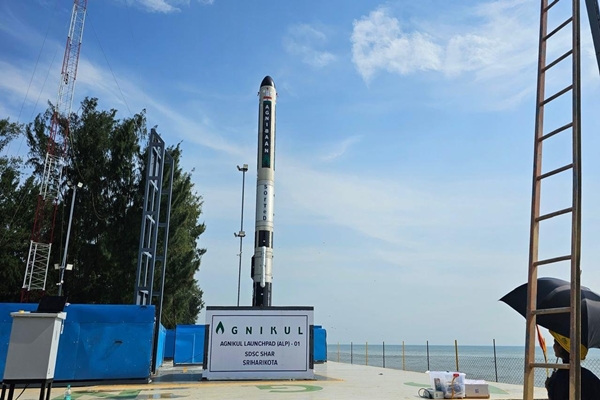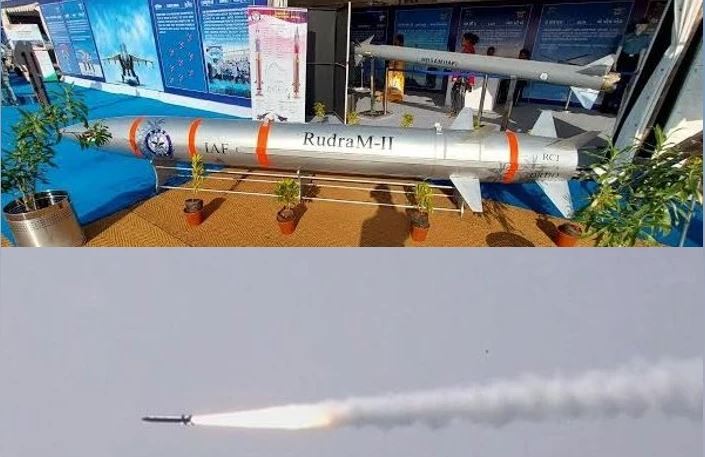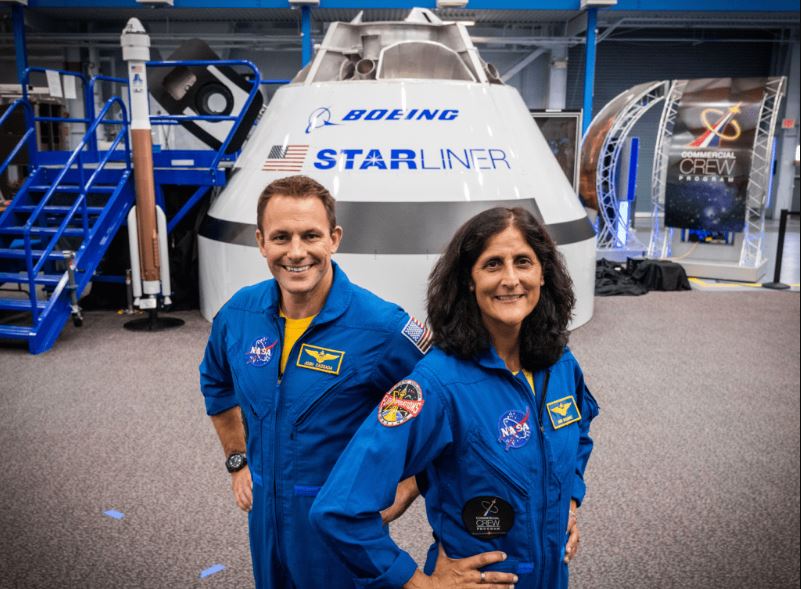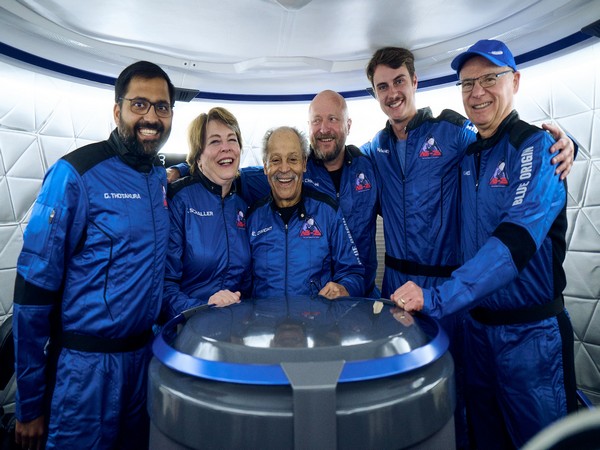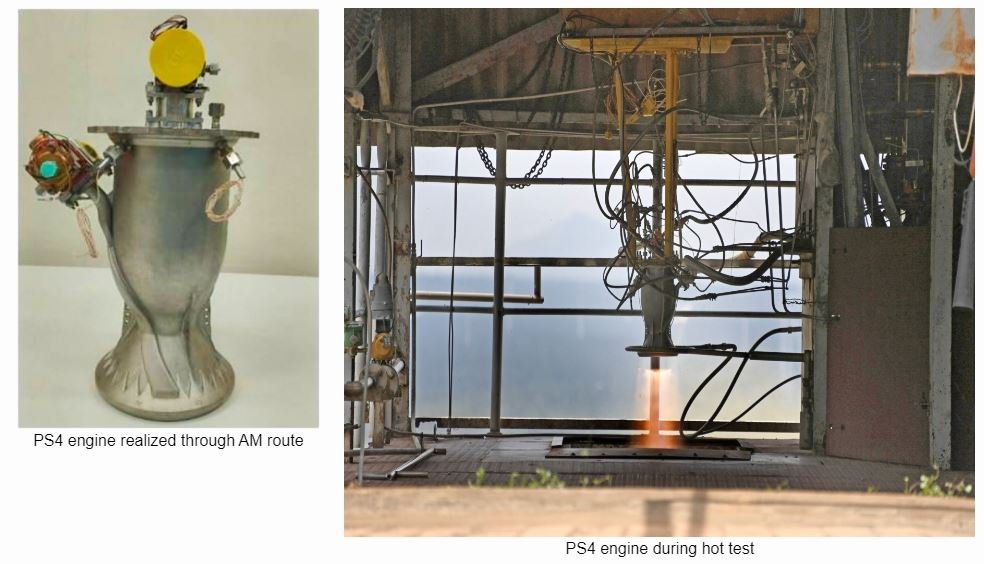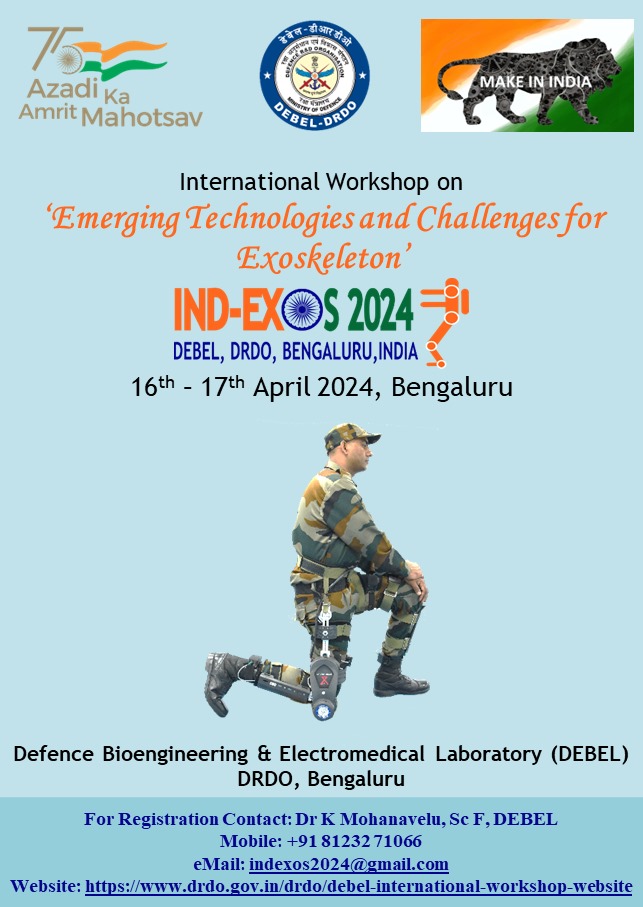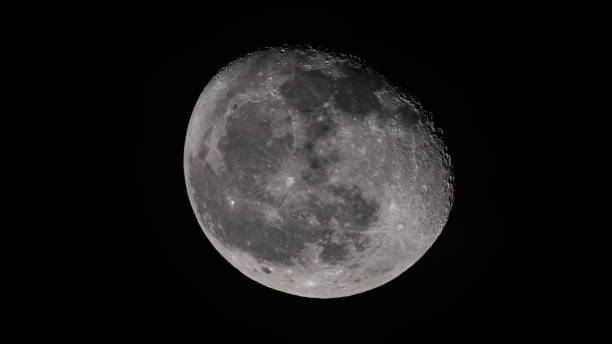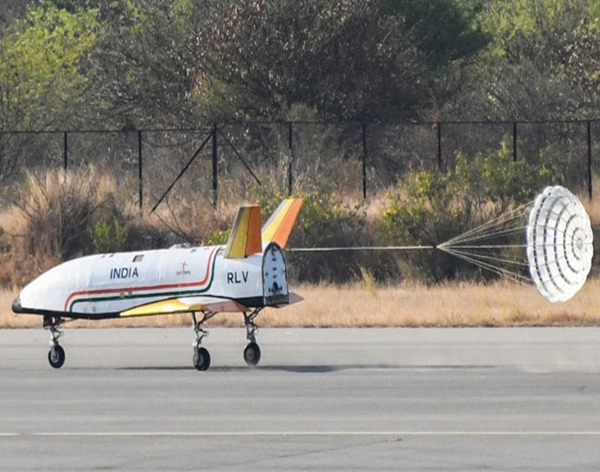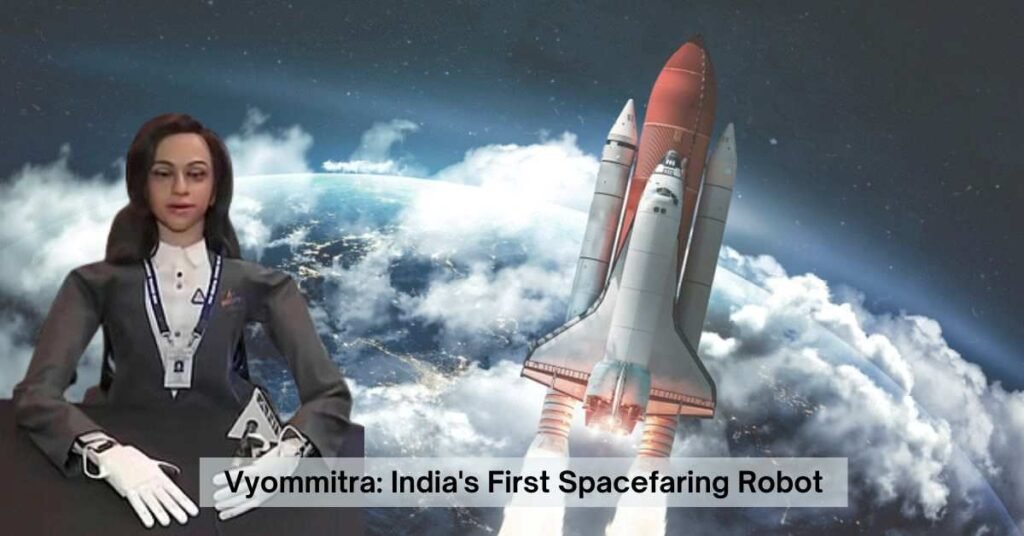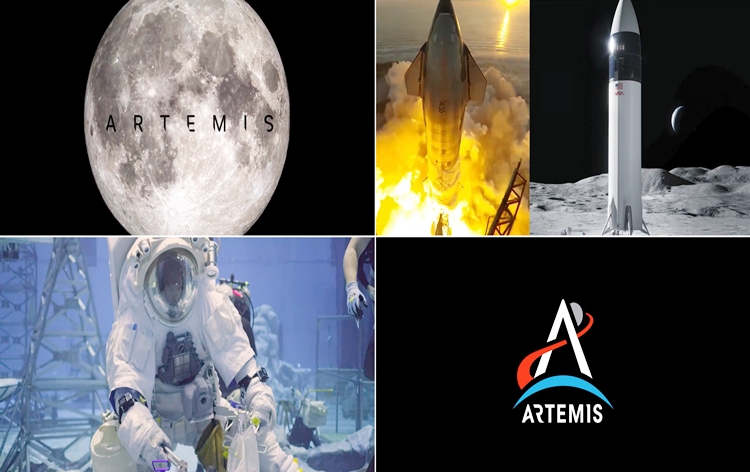Agnikul Cosmos launched World’s 1st Rocket with fully 3D-Printed Engine
IIT Madras’ startup, Agnikul Cosmos, launched the world’s first rocket with a single-piece 3D printed engine. It was launched from India’s first privately developed launchpad, ‘Dhanush,’ established by Agnikul at Sriharikota, Andhra Pradesh, at 7:15 a.m. on May 30, 2024.
- Rocket Details: The rocket, named Agnibaan SOrTeD (SubOrbital Technological Demonstrator), is India’s first semi-cryogenic engine-powered rocket that is entirely designed and manufactured indigenously.
- Test Flight Objectives: The test flight aims to demonstrate in-house and homegrown technologies, gather crucial flight data, and ensure the optimal functioning of systems for Agnikul’s orbital launch vehicle, the ‘Agnibaan’.
- Agnibaan Specifications: Agnibaan is a two-stage rocket with a capacity to carry up to 300 kg to a height of 700 km. The rocket engines are powered by liquid oxygen or kerosene.
- Flexibility: The rocket can access both low- and high-inclination orbits and is designed to be completely mobile.
Q: What is the name of the world’s first rocket with a single-piece 3D printed engine launched by Agnikul Cosmos on May 30, 2024?
A) Agnibaan
B) Agnibaan SOrTeD
C) Dhanush
D) Atmanirbhar
Answer: B) Agnibaan SOrTeD
